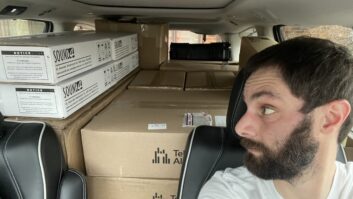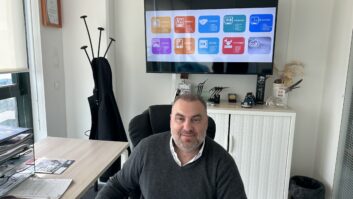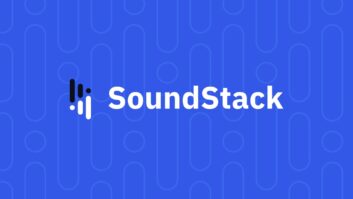Oregon Public Broadcasting turned off its radio reading service this week, a victim of tight budgets and the DTV transition.
Reading services provide audio programming for the visually impaired and other targeted audiences, who typically receive the audio on specialized receivers.
Launched in 1975 on KOPB(FM)’s subcarrier, OPB moved its Golden Hours reading service to the SAP channel of its TV station in 1997.
Last year, KOPB(FM) in Portland turned on the state’s first HD3 channel, airing a modified version of OPB’s radio reading service with a 15 kbps bandwidth. OPB was also airing an Internet audio version of the reading service.
The broadcaster stopped airing all three versions of the service on Monday, April 21, according to a spokeswoman. OPB’s HD3 channel now carries interim programming; plans for that channel have not been determined, she told me.
In a statement, OPB said the decision to end the reading service was difficult and came after months of research and discussions with groups serving the blind and visually impaired.
Challenges it identified were the demise of the SAP channel. OPB said once TV goes digital it will have no “feasible” way to deliver the service following the end of analog broadcasting. Also it cited the difficulty in identifying a significant user base and finally, the cost of producing content and lack of any “viable revenue sources” to support it.
It costs OPB some $150,000 a year to run the reading service. The move means two full-time and two part-time employees are out of jobs, the broadcaster confirmed. It has 170–180 employees overall.
Compared to 30 years ago, there are more options now for the visually impaired to get their news, according to the organization. The Talking Book and Braille Library is one option; patrons can go to the library or have material sent to them.
Another option is the Newsline run by the National Federation for the Blind. With a touch tone telephone, users can have stories from several newspapers and magazines read to them. The nationwide service can be accessed from wherever the user is.
“This service suits a person who has an active lifestyle,” Scott White, director of Sponsored Technology Programs for the NFB told me.
Both the library and newsline service are free to the visually impaired.
OPB’s reasoning is similar to what I’ve seen from shortwave broadcasters over the past couple of years; they’re looking at where their future audience and revenue are likely to come from and making hard choices to support what will bolster them in the future, rather than what worked in the past.
When I asked, the broadcaster did not elaborate beyond its statement on why it made this decision now, several months before the February 2009 DTV analog cut-off date.











